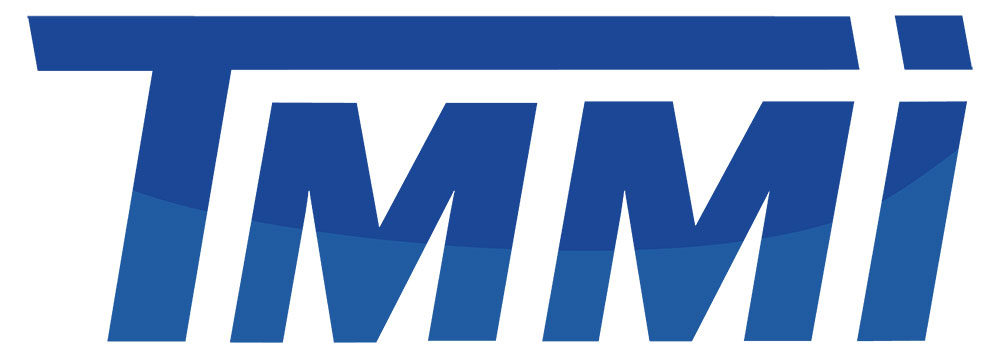Live online events
The Using VBA with iFIX course is designed for those who wish to acquire a basic knowledge of Visual Basic for Applications (VBA) within iFIX.
-
08Sep
Description
The Using VBA with HMI-SCADA iFIX course is designed for those who wish to acquire a basic knowledge of Visual Basic for Applications (VBA) within iFIX from GE Digital. This knowledge will allow the student to generate VBA based solutions for their special system requirements. The course begins with an introduction to VBA and why VBA is so important in today's applications. Lectures, coding examples, and labs are included in this course on the important aspects of VBA, as well as reference to Visual Basic syntax. This course will demonstrate to the student how to enhance runtime operation to solve special problems.
Audience
This course is principally designed for process, automation, or instrumentation engineers and system integrators who will be developing, configuring, and using applications created with iFIX.
Prerequisites
Completion of iFIX Fundamentals course (44A728312-154) is a must! Participants should have a working knowledge of Windows 2000, Windows NT 4.0, and/or Windows XP operating systems. Familiarity with some programming language would be helpful, but not required.
When you complete this course, you will be able to:
Upon completion of this Course, you should be able to:
• Understand how VBA functions inside of iFIX.
• Create VBA procedures (functions and sub-procedures).
• Understand and create (declare) variables of various data types (including arrays) and use them to make expressions.
• Use simple VBA code structures including decisions, loops, and collections.
• Use the VBA MessageBox and InputBox commands and create VBA Forms.
• Access iFIX data and use iFIX Subroutines and Methods
• Create and use Error Handlers in VBA and use VBA debugging tools.
• Access Relational Databases using ADO (ActiveX Data Object).
• Use functions within 3rd Party DLLs.
• Use VBA Automation to make References to other applications.
For location based classes, these will be 4 days, 8 hours each day. For online classes, these will be 5 days, 6 hours each day.
Description
The Using VBA with HMI-SCADA iFIX course is designed for those who wish to acquire a basic knowledge of Visual Basic for Applications (VBA) within iFIX from GE Digital. This knowledge will allow the student to generate VBA based solutions for their special system requirements. The course begins with an introduction to VBA and why VBA is so important in today's applications. Lectures, coding examples, and labs are included in this course on the important aspects of VBA, as well as reference to Visual Basic syntax. This course will demonstrate to the student how to enhance runtime operation to solve special problems.
Audience
This course is principally designed for process, automation, or instrumentation engineers and system integrators who will be developing, configuring, and using applications created with iFIX.
Prerequisites
Completion of iFIX Fundamentals course (44A728312-154) is a must! Participants should have a working knowledge of Windows 2000, Windows NT 4.0, and/or Windows XP operating systems. Familiarity with some programming language would be helpful, but not required.
When you complete this course, you will be able to:
Upon completion of this Course, you should be able to:
• Understand how VBA functions inside of iFIX.
• Create VBA procedures (functions and sub-procedures).
• Understand and create (declare) variables of various data types (including arrays) and use them to make expressions.
• Use simple VBA code structures including decisions, loops, and collections.
• Use the VBA MessageBox and InputBox commands and create VBA Forms.
• Access iFIX data and use iFIX Subroutines and Methods
• Create and use Error Handlers in VBA and use VBA debugging tools.
• Access Relational Databases using ADO (ActiveX Data Object).
• Use functions within 3rd Party DLLs.
• Use VBA Automation to make References to other applications.
For location based classes, these will be 4 days, 8 hours each day. For online classes, these will be 5 days, 6 hours each day.

